In the early days of electronics, having your car’s lights flip up at will was all the rage. As with all fads, though, it eventually succumbed to time

This one goes to enthusiasts of classic cars: remember flip up lights? In other words, they were a specific type of headlights that would stay closed and invisible as standard. Whenever you needed them, the car would make them emerge then activate them. There is a big chance that most cars you remember with that item existed in the 1980s. That is the decade when lights that pop up became a trend.
While the Mazda MX-5 above is a nice example, not all of them had such a friendly front fascia. Over time, automakers made sure to experiment with sizes, shapes and, which is even more interesting, mechanisms of activation. This is why we chose to publish an article to tell you about this trend. On these paragraphs, you are going to learn about the history of pop up lights and check some noteworthy car examples.


Early days of pop up headlights
The first car with lights that pop up was the Cord 8/10. As HotCars brilliantly reports, the item appeared in a whole different context than that of the 1980s. That was a 1936 luxury sedan created with many modern technologies for the time. We can also see that its headlights do not exactly “flip up”; they simply become visible or not within their sockets. That is why they also have the formal name of “hidden headlamps”.

This item saw its popularity slowly increase over the years up to the 1970s and become a regular car trend in the 1980s. We are going to see that there were technical arguments to validate their use as well as to render them obsolete. However, it is obvious that the fashion character played a key role in this. After all, flip up headlights were popular among sports and luxury cars, whose public tends to be emotional.
The newest cars with flip lights were the fifth-generation Chevrolet Corvette C5 and the Lotus Esprit; both went out of production in 2004. That allows us to state that this item had relevant use in the car industry for roughly seven decades. Over the following paragraphs, this article dives into their history through the reasons why they became popular, the reasons why they went out of use, and some examples. Enjoy!



What made flip up lights popular?
Safety regulations had to determine limits for headlights. They need a reasonable height to properly light the path ahead. Besides that, that position reduces reflection on water droplets and protects them against particles that the car’s very movement projects from the street. Since that issue directly contributes to the prevention of accidents, especially at high speeds, it is natural that there would be strict laws on it.
On the other hand, the principles of aerodynamics favor wedge-shaped front fascias. They pierce the air mass more easily, so the car needs less effort to dislocate it as it moves. That is essential to lower the Cx, which is the famous coefficient of aerodynamic drag. Minimizing drag brings several benefits that range from reducing wind noise in the cabin to increasing the top speed without any mechanical changes.
Aerodynamics or safety? Yes!
In this regard, lights that pop up are as clever as they are effective. In short, the car keeps its aerodynamic shape when they are closed and sets the headlights at an appropriate height when the driver needs them. High-performance cars like the Lamborghini Countach used an intermediate idea. Their low-beam lamps were fixed and only had high-beam lights that pop up. That made them aerodynamic most of the time.
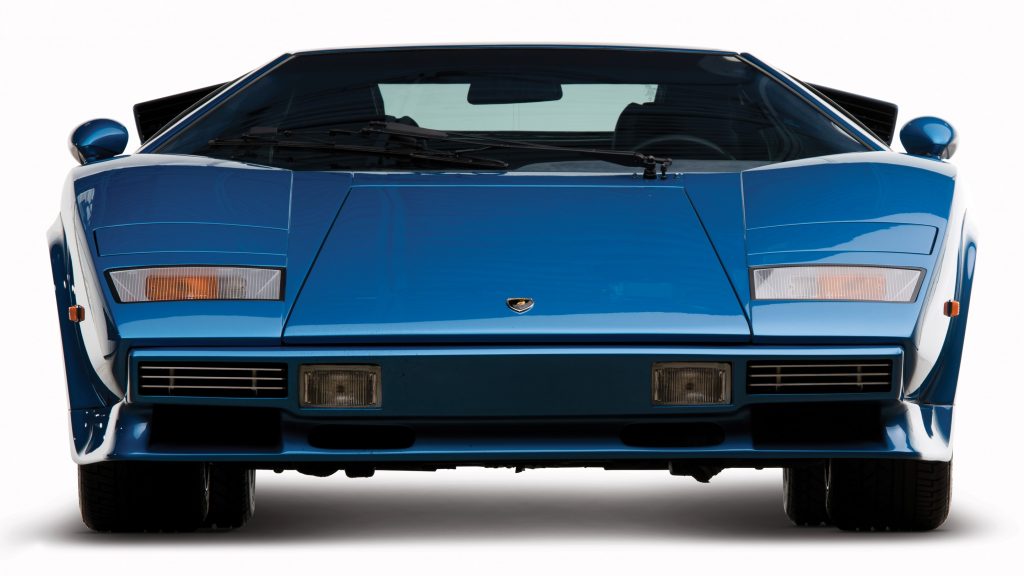
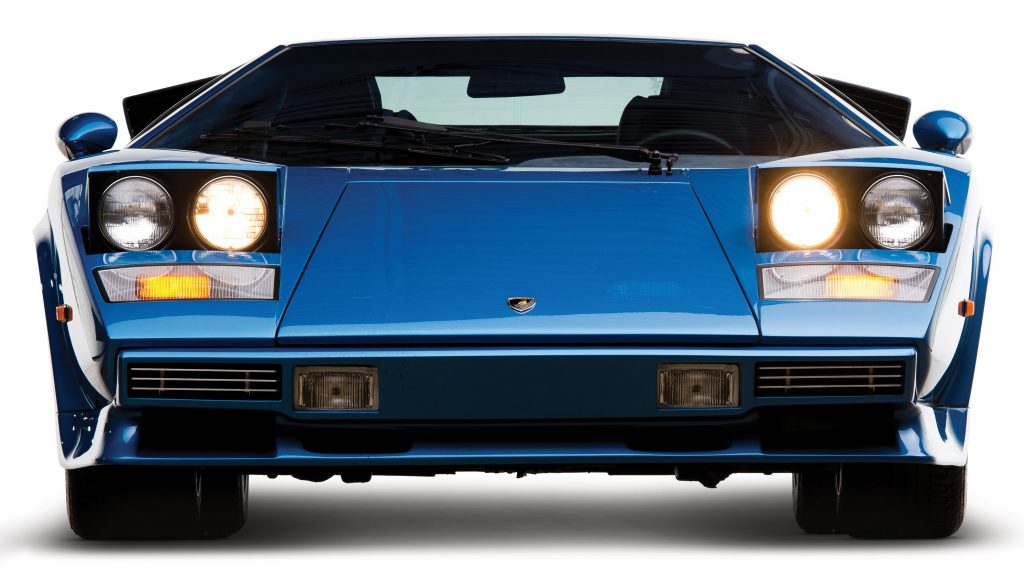

According to Road & Track, whose article is just as brilliant, sealed-beam headlights became the norm in the USA in 1940. Only seven-inch units at first, then 5 3/4″ and, eventually, rectangular units as well. The main goal was to make replacements easy no matter the make and model. An unfortunate consequence is that it imposed tough restrictions on car design. Automakers had to get more creative than ever.
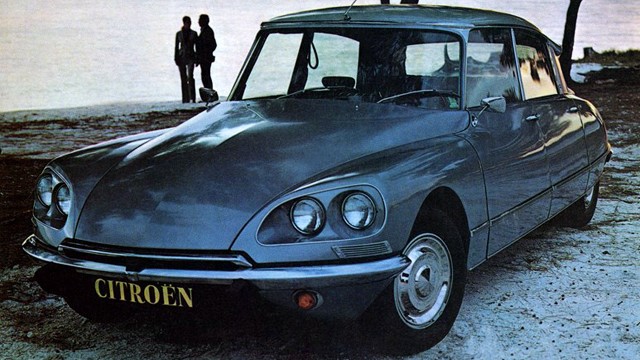
As R&T mentions, some cars had lines that simply did not fit with circular headlights. Besides, the sealed-beam lamp could only properly work when fully vertical, which made things even harder. A particularly tougher challenge was to adapt foreign cars since they were designed to comply with different standards at first. The Citroën DS, for example, looked quite different in its US-spec version.
Low cost or style? Yes!
Once again, pop up headlights came to the rescue. Automakers had to use them because it was the law, but they could keep them hidden when not in use. It was much easier to integrate the headlight covers with the rest of the design than sealed-beam headlights. While Mercedes-Benz made deep changes to its cars, which used rectangular headlights at the time, Chevrolet would simply hide them on the Corvette.

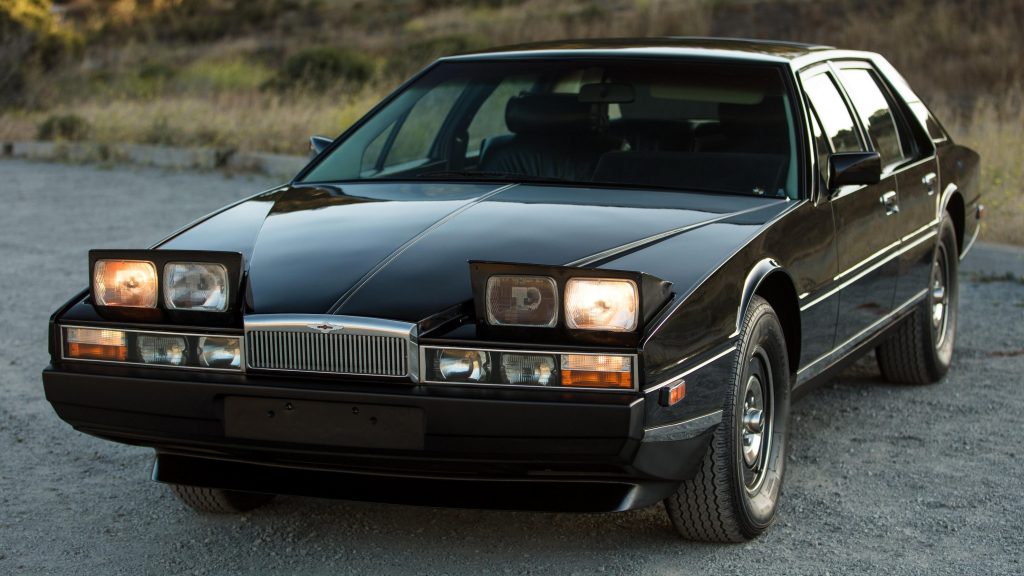

The demise of the flip light
In the 1990s, that USA convention expired. Automakers had complete interest in that change because it eliminated a huge design constraint. Aside from that, technology was in a dramatic evolution at the time, so it was a pleasure for designers to think of fresh solutions. The simple fact of offering something new in the market was enough to make the old headlights obsolete. But there were other important issues.

If water entered the system and/or the battery, the headlights could eventually malfunction. Back in the 1980s, it was common to see cars with only one of them effectively working or none of them. Having your headlights stuck when you need them can be immensely dangerous. Speaking of that, safety authorities also showed concern for pedestrians because of the pointy shape the flip lights acquire when open.
In practice, lights that pop up are still legal. The issue is that it has become too expensive to make them comply with the latest safety regulations. Add it to the fact that people are no longer interested in them, and you can understand why the car industry has abandoned them. Nowadays, headlights use countless designs, usually bespoke for every car model, but always fixed. Now, let us see some examples of that.

Time to see some pop up headlights!
Now that you have learned so much about flip light models, you are ready to contemplate examples and more examples. Then again, the fact that they are so numerous makes it impossible for us to list them all here. We chose to circumvent that by showing you different types of lights that pop up. After all, the car industry became quite creative in the 1980s, when that item was all the rage in the global market.
The models below symbolize the most representative types of those lights along with a little part of the car’s history. The trick is that only the first type was actually common in the market; that is why we usually refer to that one when talking about pop up headlights in general. When it comes to the other ones, the truth is that we would be enormously surprised if you found more cars with similar mechanisms.
Flip up headlights: Acura NSX
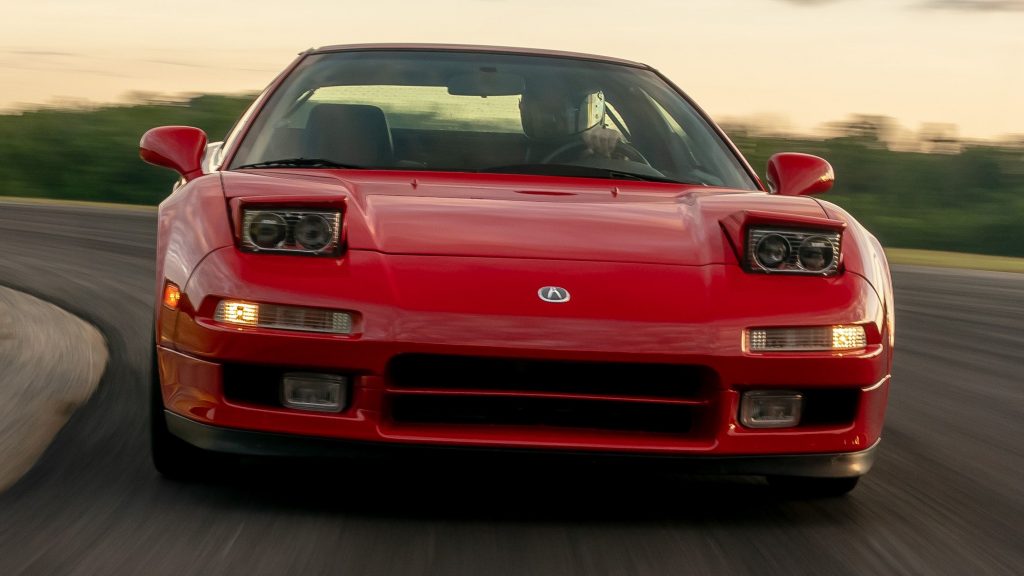
The conventional type concentrates the high-beam lights on the retractable parts. When activated, they swivel around their base and elevate making a triangular shape. There are no rules for the internal area; the lights might be circular or rectangular, and single or double. When closed, the lights fold down and leave flat surfaces which smoothly integrate with the region of the front end that surrounds them.
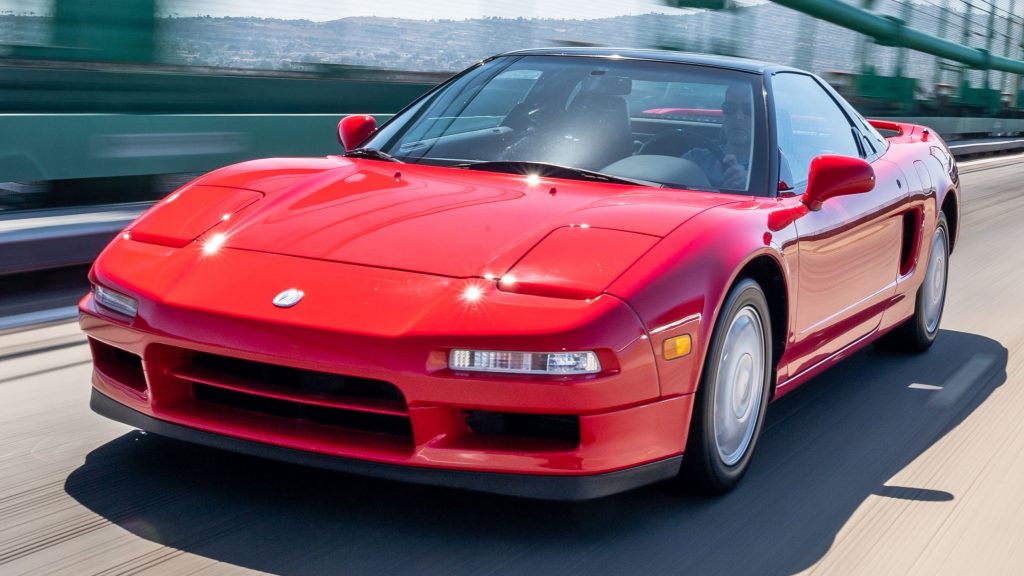
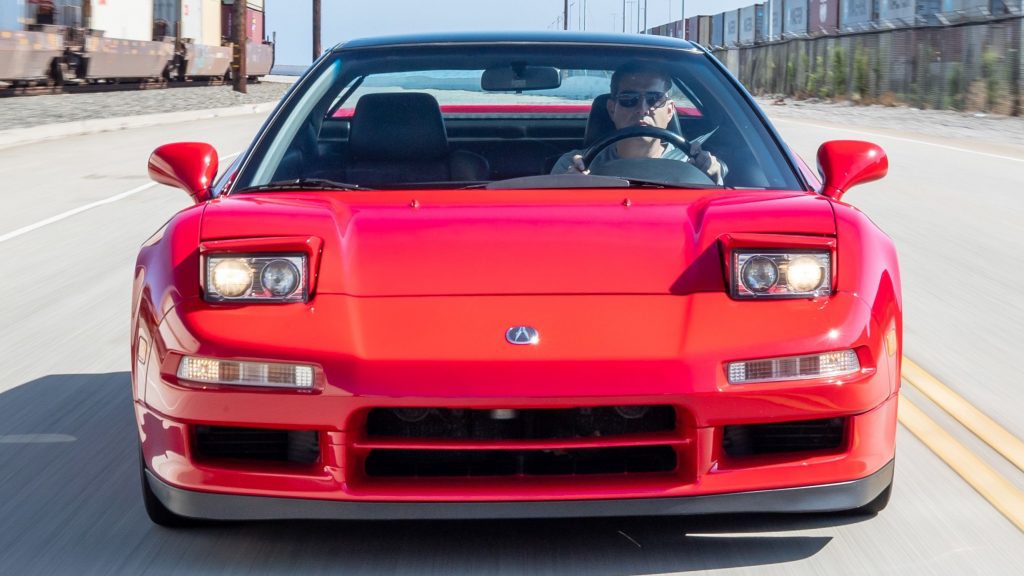
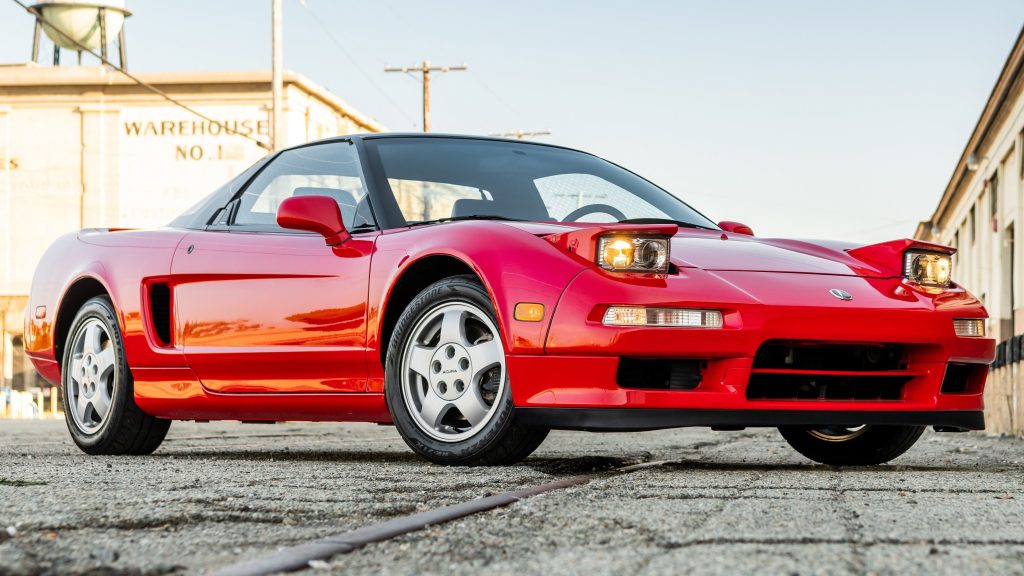
Get up headlights: Porsche 928
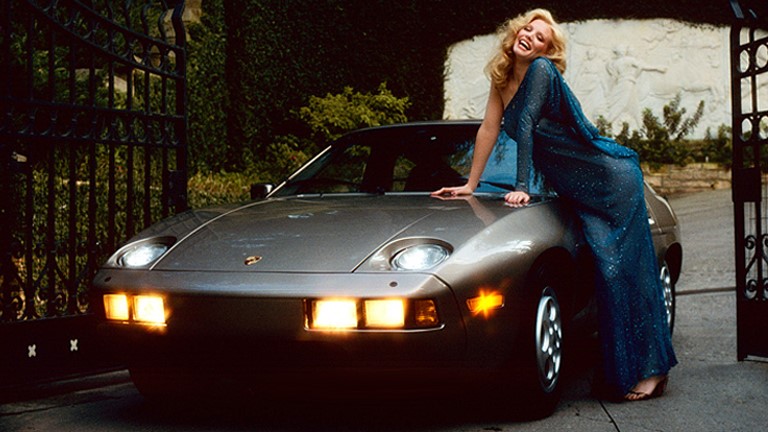
The German coupé had retractable lights, indeed, but we cannot say they close. They simply tilt back on the respective recess next to the hood. When closed, they resemble regular fixed headlights. When open, they resemble frog eyes that make a contrast with the rectangular low-beam lights placed below them. Apparently, Porsche did not like the result; both the 944 and the 968 successors had different layouts.

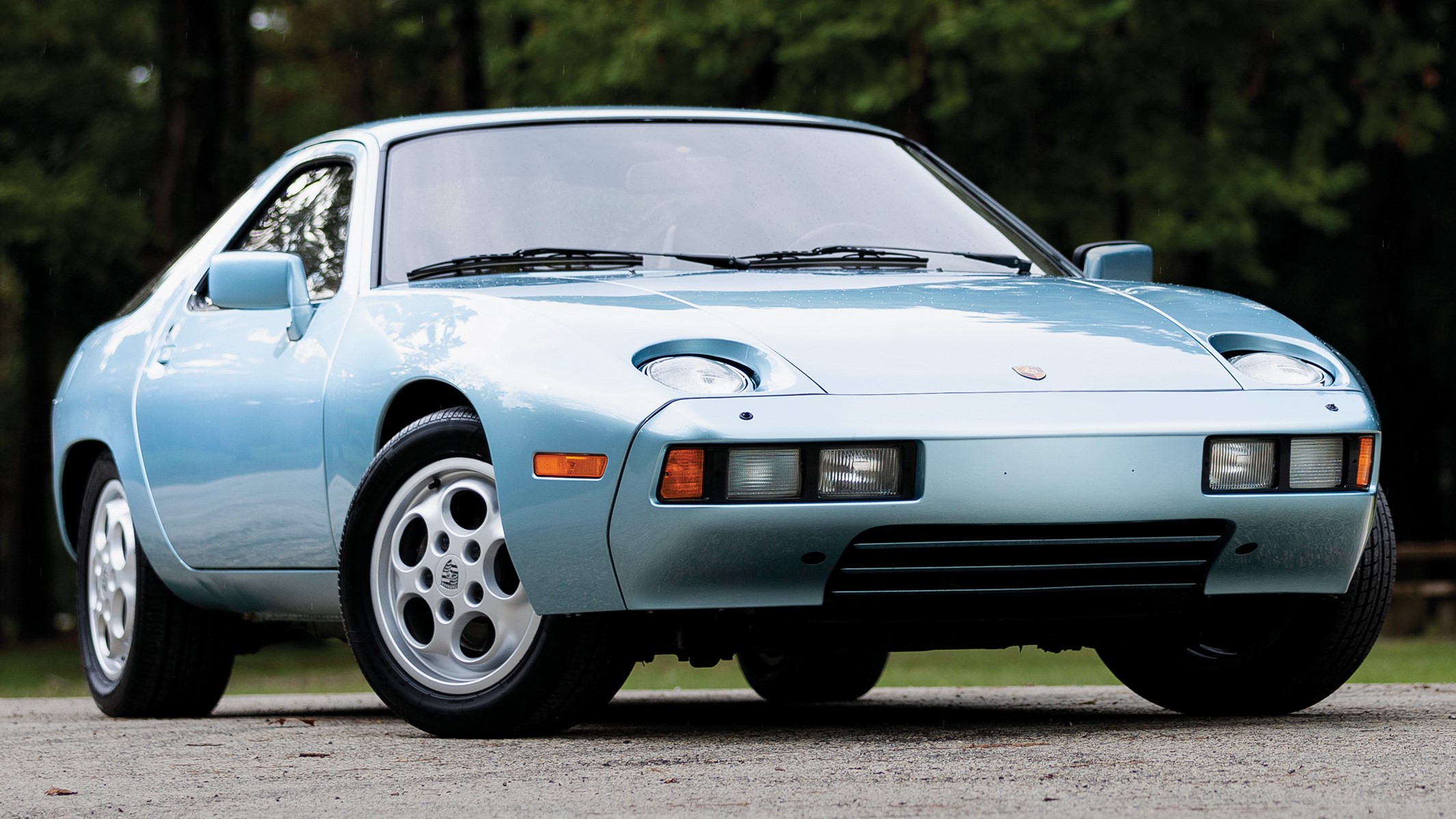
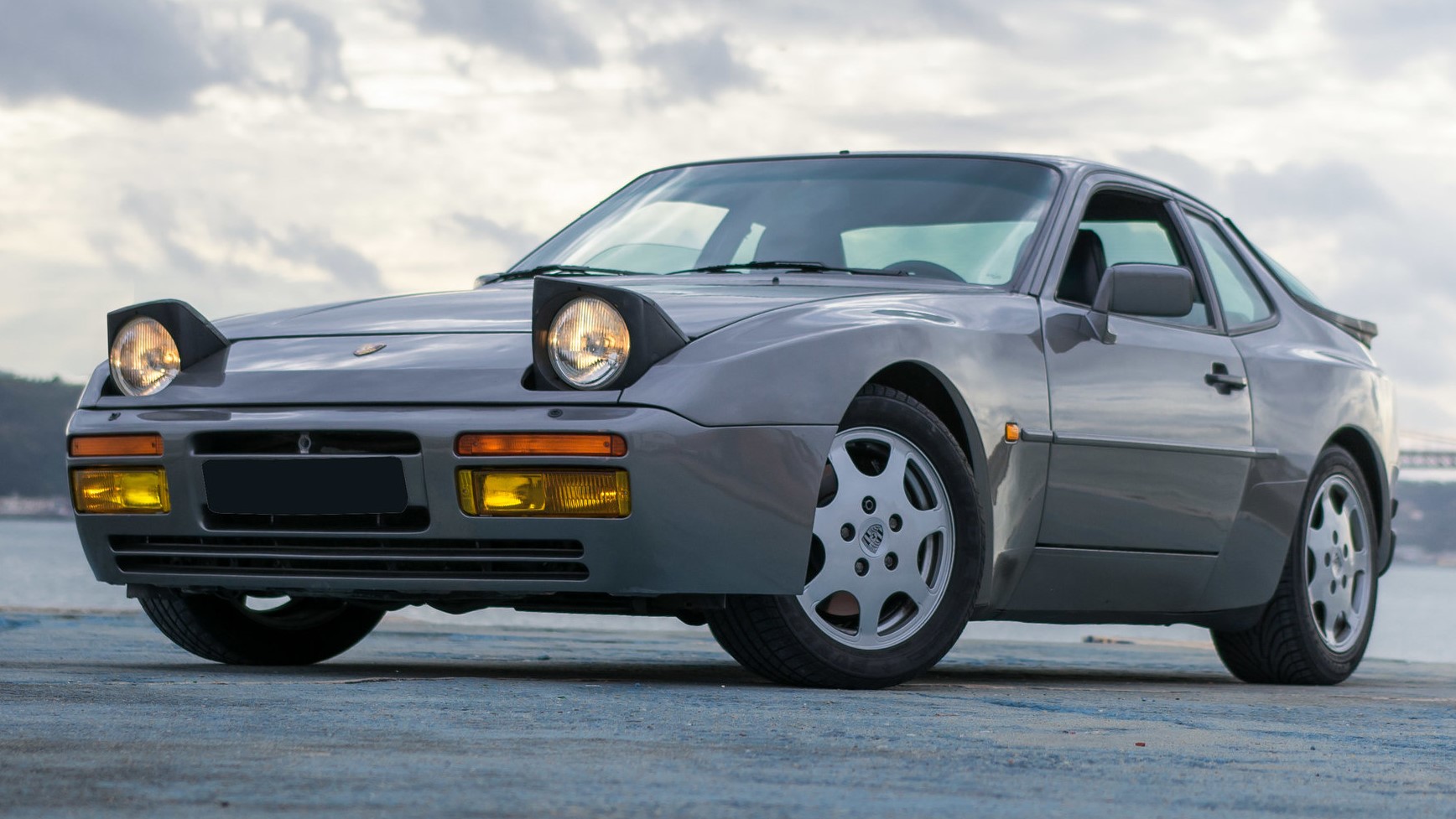
Stack up: Cizeta V16T

This car could not have a more interesting background. Built by former Lamborghini engineers; designed by Marcello Gandini of Lancia Stratos and the second-generation Renault 5; and co-developed by disco music legend Giorgio Moroder in the beginning. Sadly, several issues made it never sell well. One of its unique features is the lights that pop up. It is the only car that has ever used two pairs set in tandem.
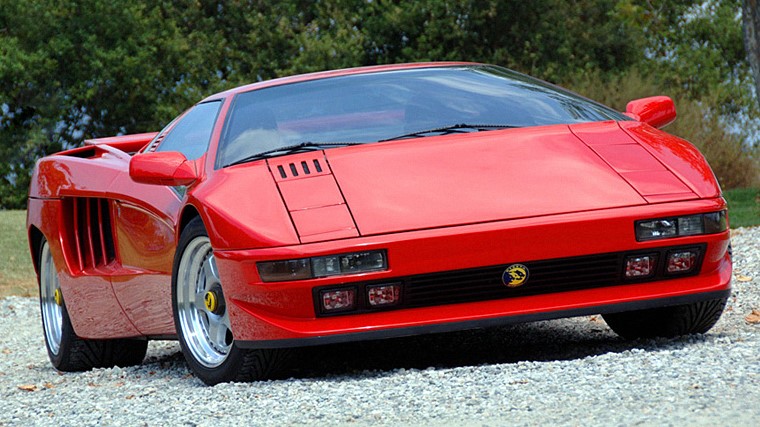
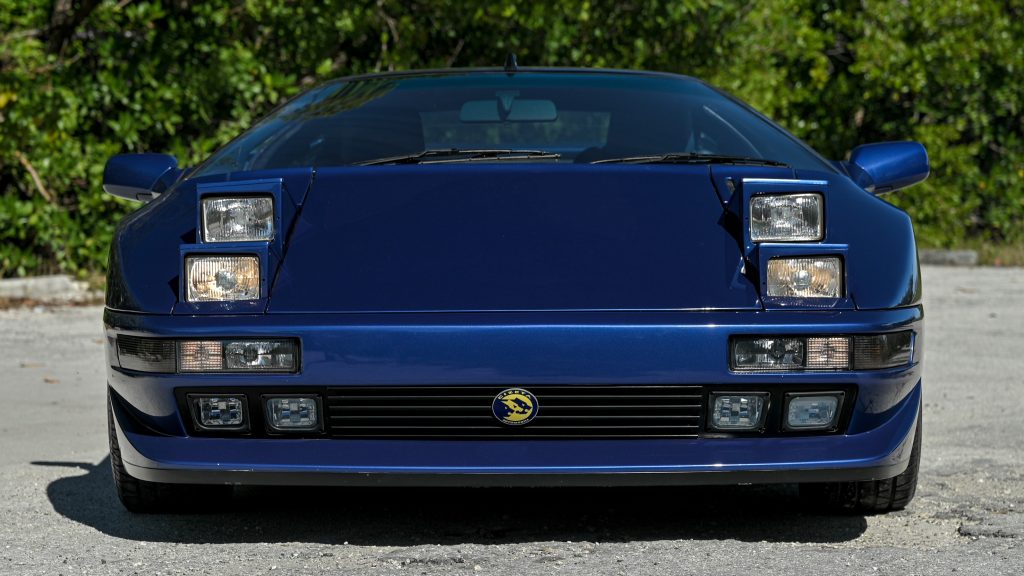
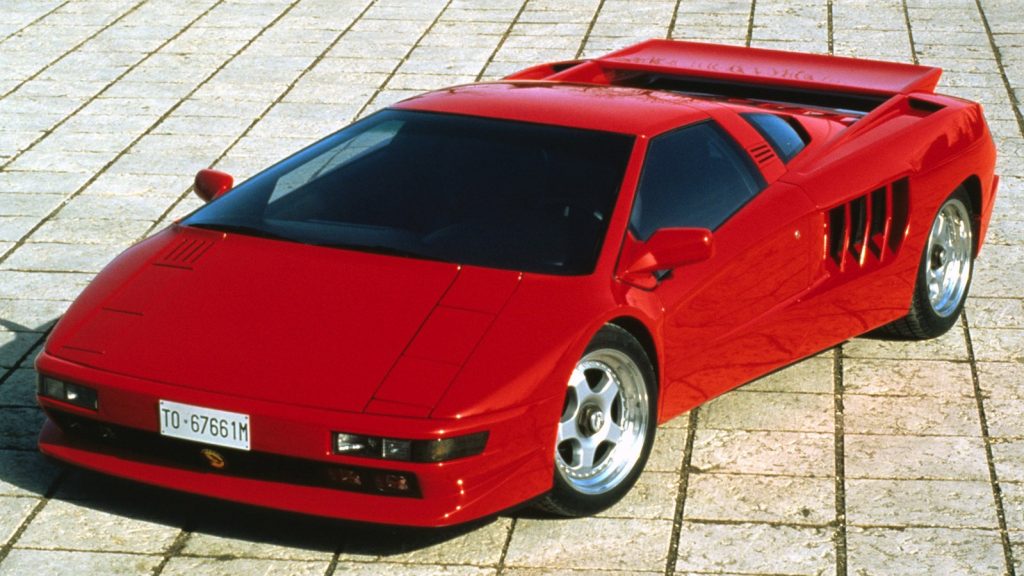
Twist up: Opel GT
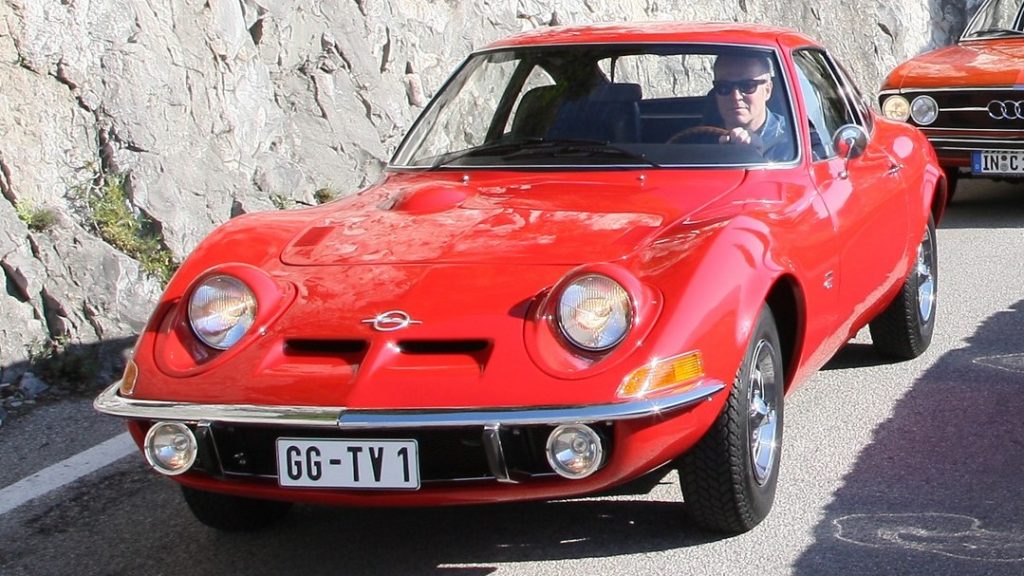
When it comes to sporty cars, we usually associate Opel with performance versions of regular cars. That is the case with the GSi, which became popular with the Corsa, and the younger OPC. However, the German automaker has ventured into coupés a couple times as well. One of them was the GT, a cute sporty model which even went to the US. As you can see, its headlights spin into place when you need to use them.

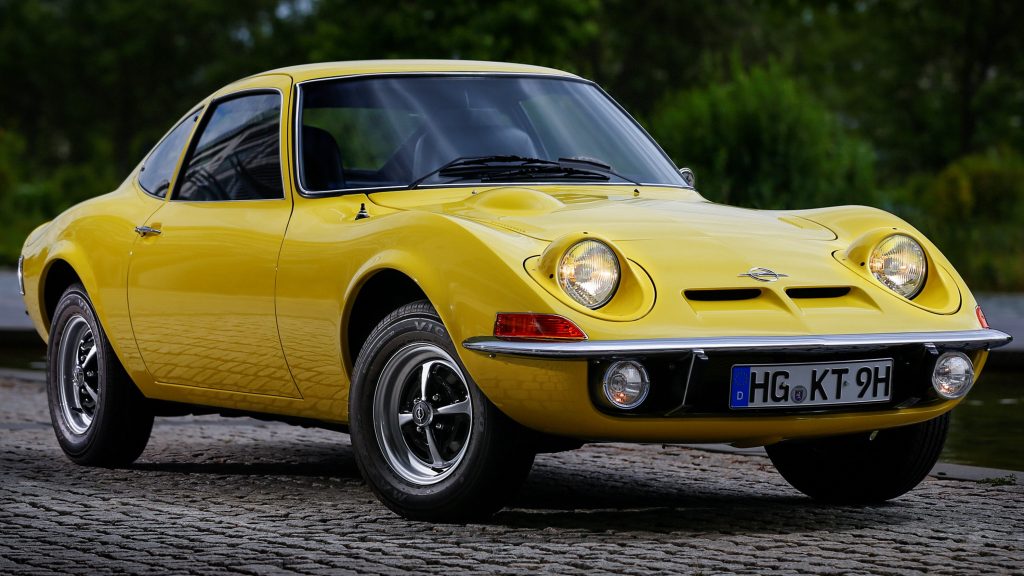
Pop down: Buick Riviera

Hidden headlamps were common among North American cars in the 1960s. The Dodge Charger R/T was a famous example of them. However, the 1963 Riviera used such an impressive mechanism that Jalopnik has dedicated a whole article to it. In short, the lamps stay underneath the hood and slide down so as to become visible. The 1965 model used a simpler design with a clamshell cover over fixed headlights.
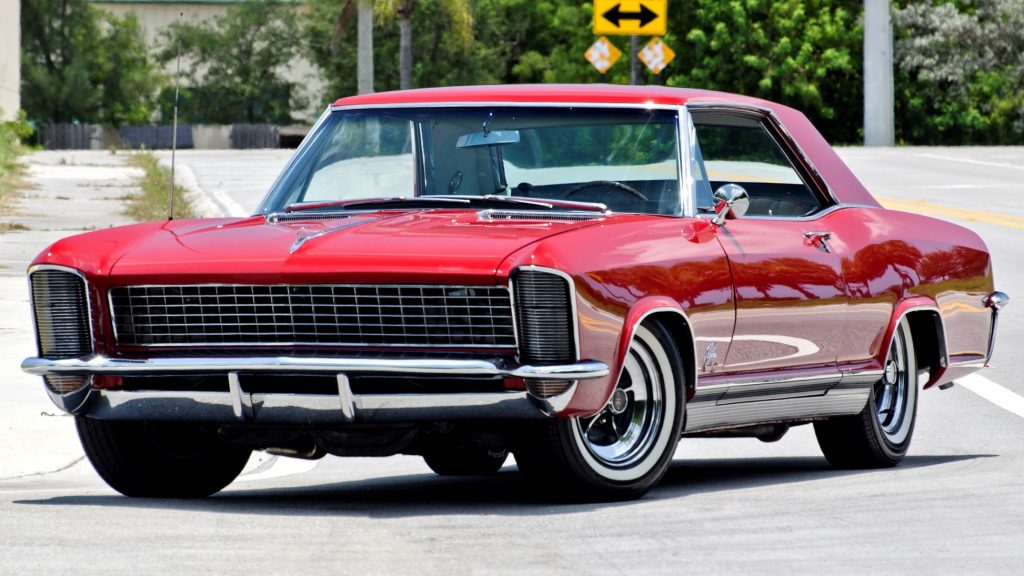
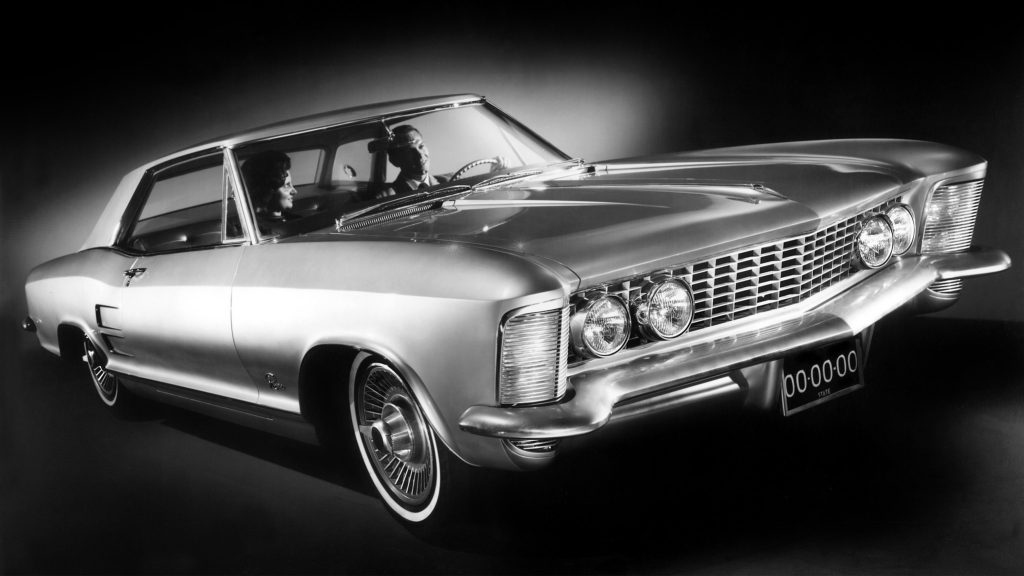

Danillo Almeida has explored his passion for cars in two distinct ways. The first one is his graduation course in Mechanical Engineering, which will hopefully lead to a job position in the field. The other one is expressing his knowledge and opinions on the matter through writing. Almeida has already contributed to blogs, stores, and websites in general writing automotive content in many formats.




